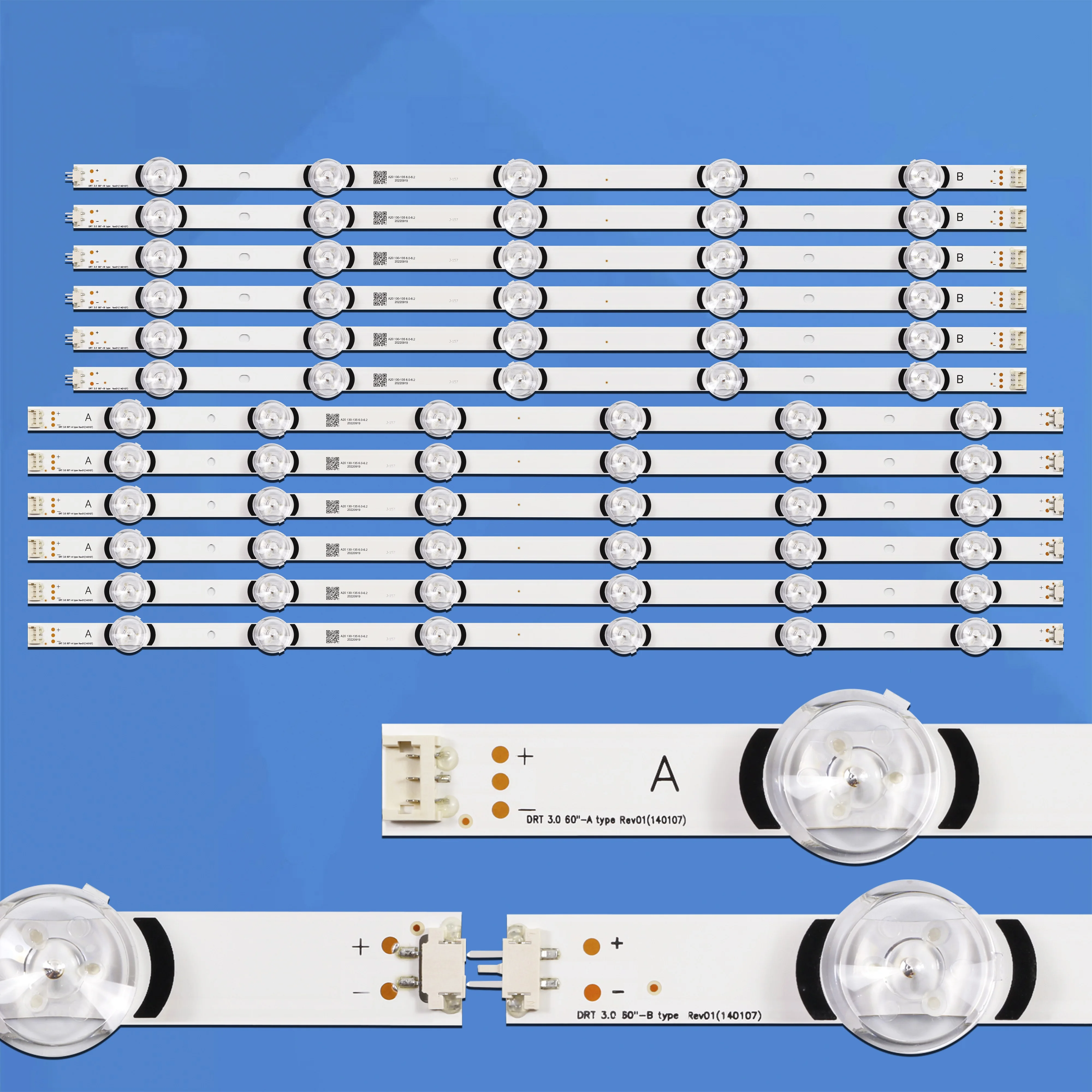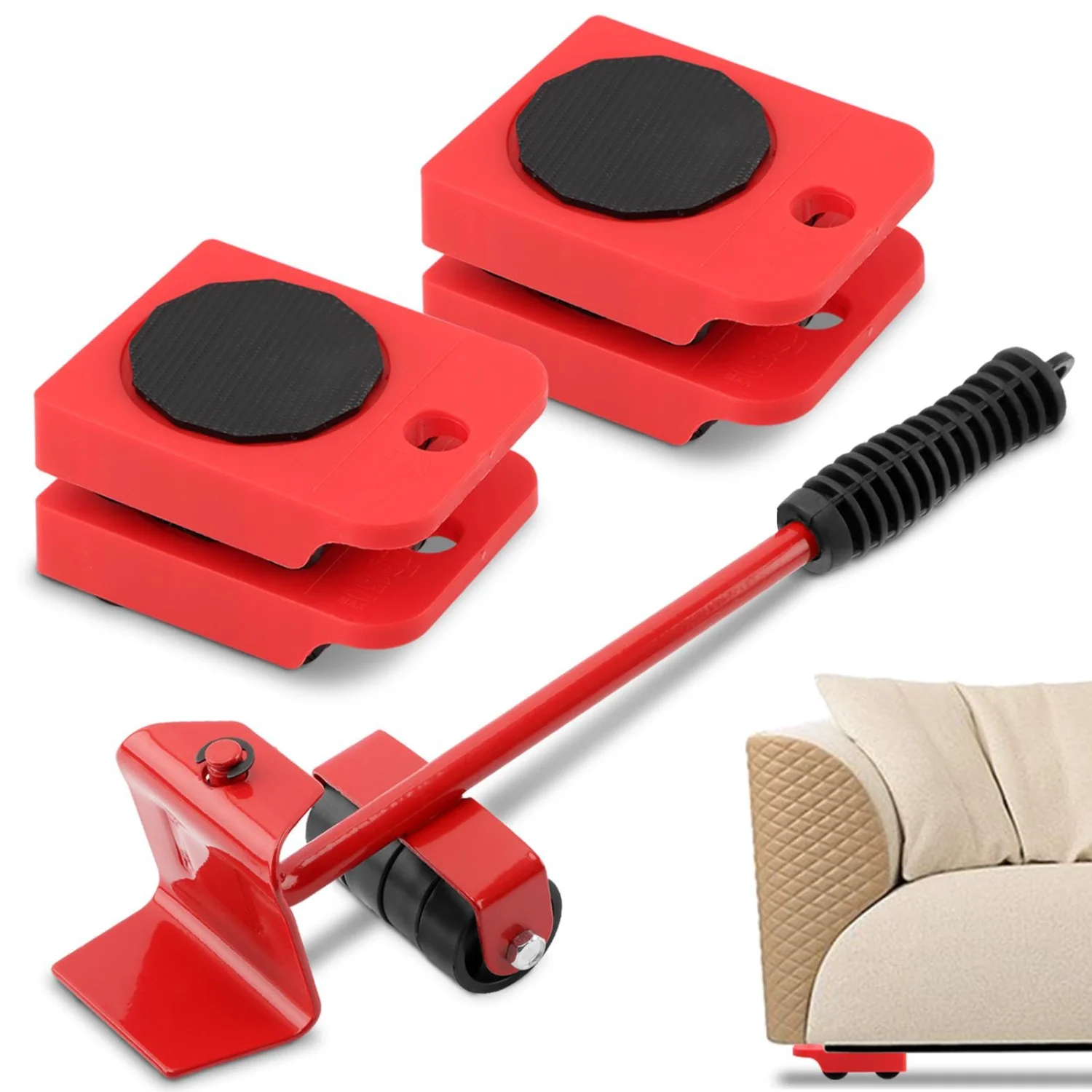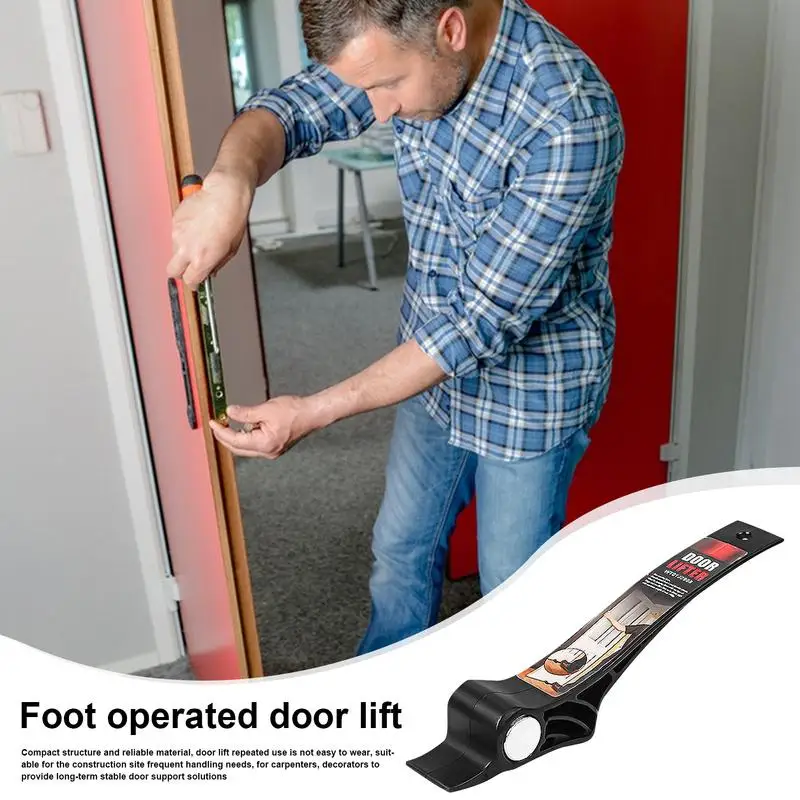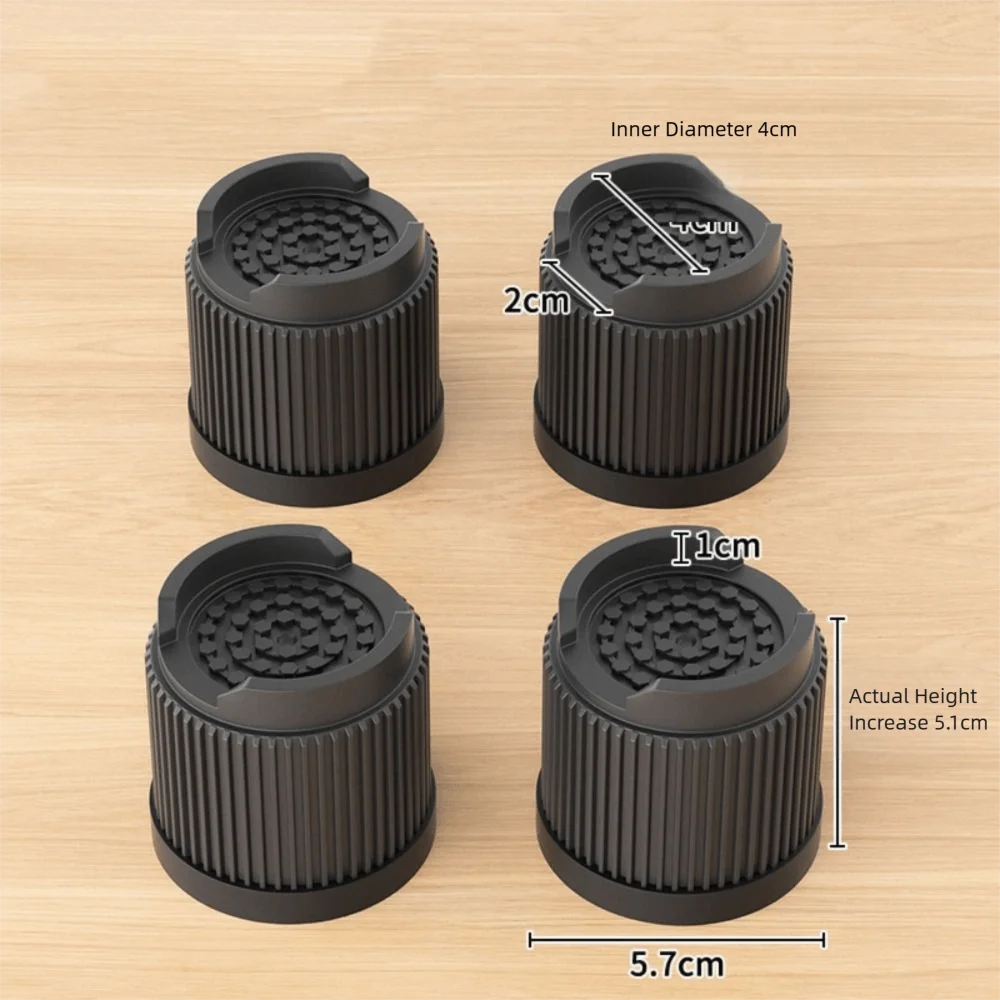250 сетка по индивидуальному заказу/300 сетка/325 304 из нержавеющей стали печатная для печатной платы/панели
- Категории: Printing Mesh >>>
- Поставщик: Beijing,PFM,Screen,Trading,Co.,Ltd.
Поделиться:
Описание и отзывы
Характеристики
Ultra Fine Stainless Steel Wire Mesh Screen Filter Cloth For Printing Fine Filtering

1. Stainless Steel Screen Printing Mesh Overview
Stainless steel mesh for screen printing is particularly noted for their high levels of properties, such as high tension, super precision, low elongation, high flexibility, high corrosion resistance, good heat-melting resistance and great solvent resistance.


2. Stainless Steel Screen Printing Mesh Data Sheet
3. Stainless Steel Screen Printing Mesh Features

This mesh uses a wire imported from Japan, which has 2 times higher tensile strength compared to the common domestic wires and an extremely low elongation rate of 3-5%.This screen printing mesh shows extraordinary performance in printing that requires fine patterns and dimensional accuracy.
When it comes to screen printing there are quite a few reasons why stainless steel wire mesh is ideal. Those benefits are:
- Tension
Tension is very important to the screen printing industry. The media serving as the screen is stretched tightly before the squeegee with ink is run over the screen.
Stainless steel has less than 1% elongation, while other materials, like nylon or polyester, have more than 5%.
If you were to try to stretch nylon or other synthetic materials at certain tension levels, it will create rectangular openings which could tear and cause inconsistencies in your printing. This means that stainless steel woven wire is able to be tensioned, or stretched, at very high rates without changing the shape of each individual opening
- Stability and Durability
Stainless steel wires are also more stable than polyester or nylon.
Stainless steel woven wire can withstand hard conditions, even at the smaller opening sizes and thinner wire diameters.
With nylon or polyester, there is a limit to how fine or thin, you can get your individual threads to be because they cannot withstand the tension and stretch that is needed.
Stainless steel woven wire can get down to a very small diameter of each wire and still be able to be stretched and tensioned without suffering any alterations to the mesh itself or your process.
- Heating Capabilities
The maximum working temperature of stainless steel screen printing mesh is as high as 400℃, while the maximum working temperature of ordinary polyester screen printing mesh is only 120℃.
- Cost Savings
There are two main ways we have seen stainless steel wire mesh reduce cost in this industry.
The first is the available options with wire mesh in terms of weaves. These different patterns and weaves can allow for more ink to be deposited in one pass, eliminating the need for multiple passes for each print.
Each time a pass is needed, you risk not having it line up precisely with the last pass and are also spending more in time and ink/paste.
The second cost saving benefit to stainless steel wire is if you are using very expensive ink or pastes.
The wire diameter is critical to reducing costs in terms of paste or ink needed. Stainless steel wire mesh is able to use a very limited amount of paste to transfer.
Stainless steel can be made with very thin individual wires that still offer a very high connectivity.
When the amount of paste needed can be reduced to a such an exact amount, this can save companies using expensive paste, like silver in the solar industry, significant money.
- Calendaring for precise printing
One of the biggest challenges with the screen printing process is movement within the screen.
When the squeegee passes over the mesh during the screen printing process, it can push the wires forward. This can create discrepancies in each print. If you were to compare print number 1 to print number 1000, you will see that they do not line up.
Calendaring the wire mesh before it goes into production, can help reduce this movement that happens during the printing process.
Calendaring is the process of placing the wire mesh between rollers and reduced to a predetermined thickness. This process stabilizes the mesh and also creates a smooth and uniform surface.
Calendaring crushes the knuckles together on the wire mesh which eliminates the amount of movement you get from the wires during your process.
By calendaring the mesh before using it, you can see a major improvement in repeatability in your prints by eliminating that movement during each pass.

4. Stainless Steel Screen Printing Mesh Production Process

4. Ultra Fine Stainless Steel Wire Mesh Screen Filter Cloth Applications
PFM Screen super mesh is used to Chip Electrical Components, Solar Battery, Flat Panel Display (FPD), Liquid Crystal Display (LCD), Plasma Display Panel (PDP), textiles, ceramics, glass and other industries, also used as filter media in aviation, aerospace, petrochemical, and other high-tech areas.

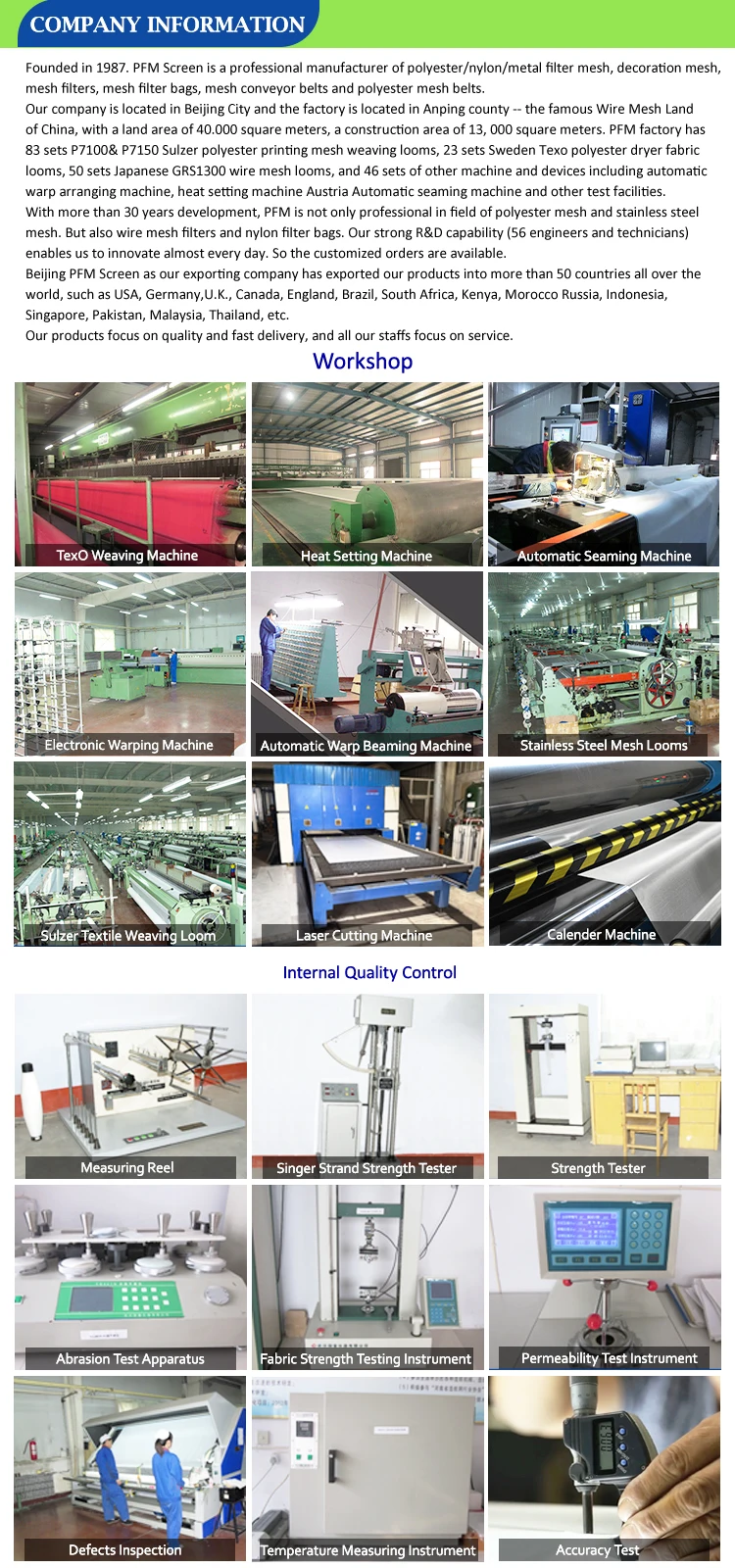
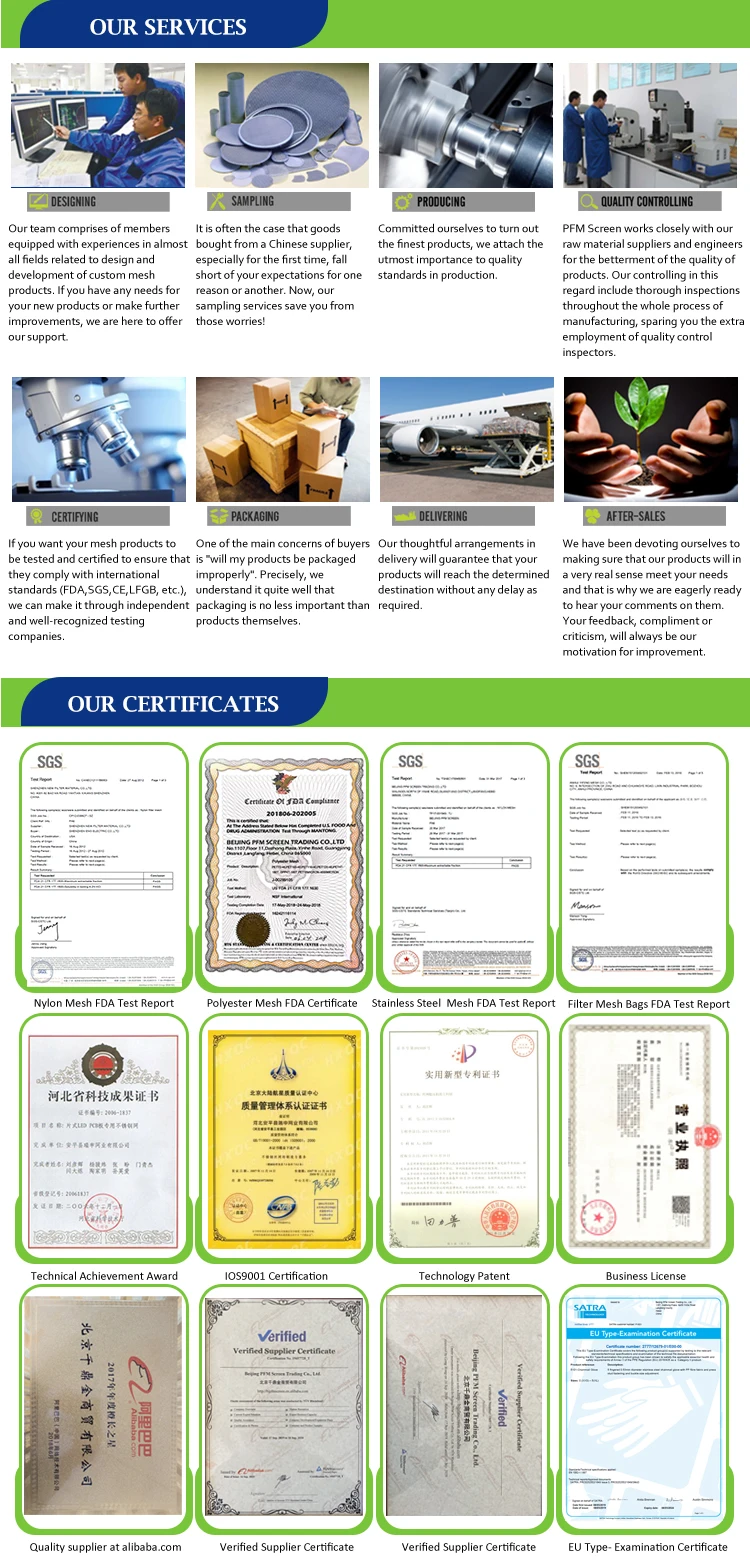
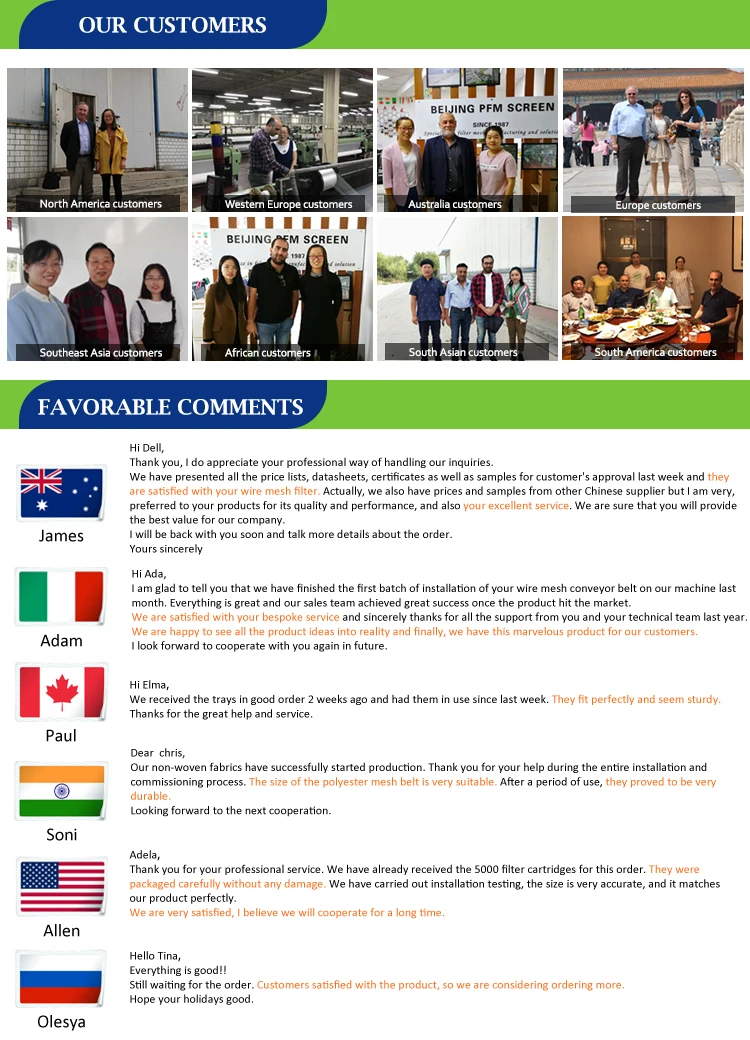
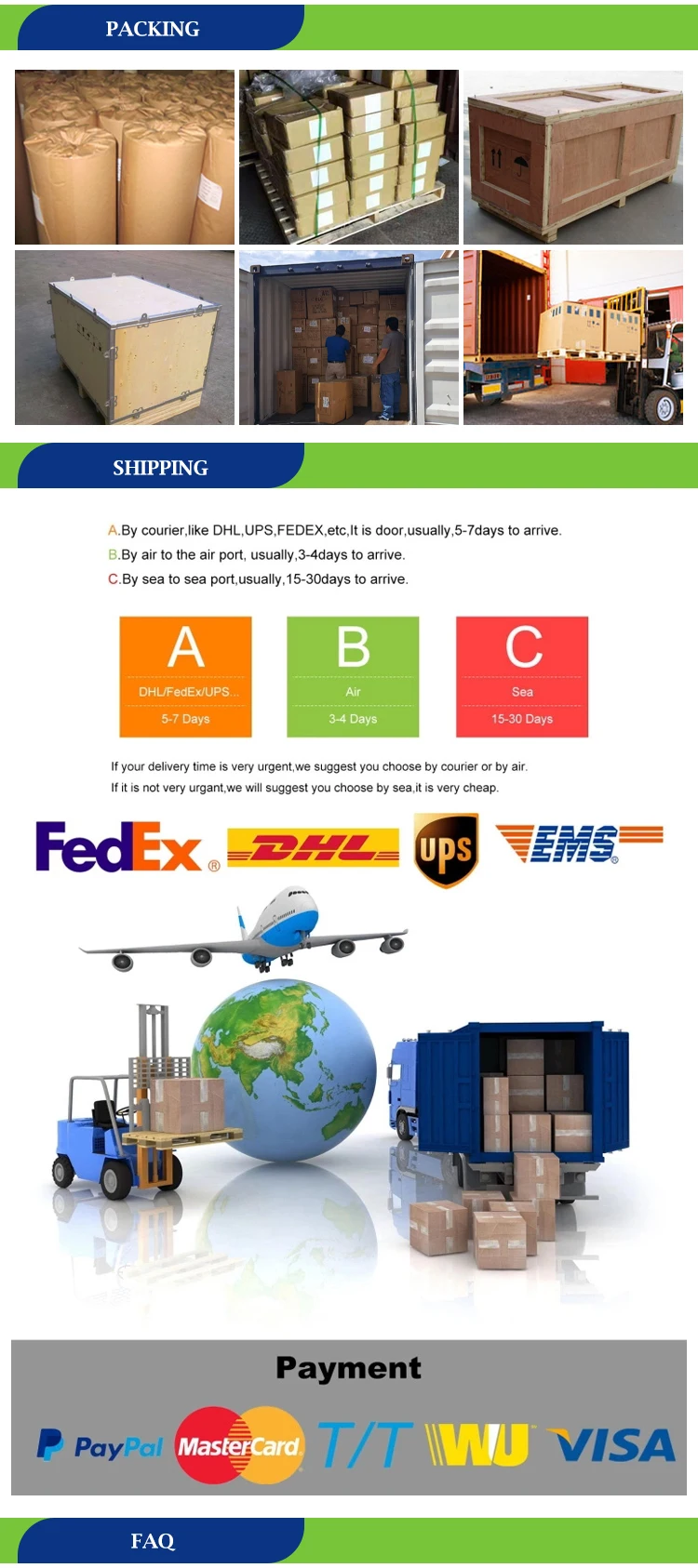
Q1. What are your terms of packing?
A: 1.High mesh count:Inside with paper tube,Then waterproof paper covered,Finally in a wooden case or pallet
2.Low mesh count:Packed in rolls,Then with waterproof and woven bags,Finally in wooden case
3.Sheet shape:Inside with plastic film and outside with a small wooden case
B: If you have legally registered a patent, we can pack the goods in your branded boxes after getting your authorization letters.
Q2. How long is your delivery time?
A: Generally it's 3-5 days if the goods are in stock or it's 7-10 days if the goods are not in stock and depending on quantity.
Q3. What are your terms of delivery?
A: EXW, FOB, CFR, CIF, DDU.
Q4. Can you produce according to the samples?
A: Yes, we can produce by your samples or technical drawings. We can build the molds and fixtures.
Q5. Do you test all your goods before delivery?
A: Yes, we have a 100% test before delivery
Q6: How do you make our business long-term and a good relationship?
A:1. We keep good quality and competitive price to ensure our customers benefit ;
2. We respect every customer as our friend and we sincerely do business and make friends with them,
no matter where they come from.



















